Grassley: Was GM's "Payback" Shuffle About Avoiding The TARP Tax?
While the White House and most of the media spent the last two days parroting GM’s claim that it “paid back” taxpayers, Senator Chuck Grassley was busy writing a letter to the Secretary of the Treasury [ letter available in PDF here]. The three-page note opens:
Dear Secretary Geithner:
General Motors (GM) yesterday announced that it repaid its TARP loans. I am concerned, however, that this announcement is not what it seems. In fact, it appears to be
No surprises there: TTAC has been all over this ruse for months now. Grassley does sum the situation up nicely, stating that “A debt-for-equity swap is not a repayment,” but the most interesting part of his letter is his theory for why GM and the Administration approved the tax-money reshuffle. Thus far, we’ve assumed that PR was the driving concern in this transparent deception. According to Grassley though, there may be another reason…
Grassley’s theory: GM and the Administration shuffled the money back to taxpayers in order to help the automaker avoid President Obama’s Financial Crisis Responsibility Fee, also known as “The TARP Tax.” He explains:
I am also troubled by the timing of this latest maneuver. According to Mr. [TARP Special Inspector General Neil] Barofsky, Treasury had supervisory authority over GM’s use of these TARP escrow funds. Since GM’s exit from bankruptcy court, Treasury had approved the use of the escrow funds for costs such as GM’s obligations to its parts supplier Delphi. According to the GM 8K, GM had planned to use the TARP funds in escrow to pay back the TARP loans on a quarterly basis beginning in the fourth quarter of 2009. But following the April 20, 2010, hearing of the Senate Finance Committee, where Treasury’s decision to exempt GM from the bank TARP excise tax was questioned and GM’s refusal to testify was noted, it is odd that GM suddenly drew down on the TARP escrow and accelerated the repayment of the remaining balance of GM’s outstanding TARP loans.
The bottom line seems to be that the TARP loans were “repaid” with other TARP funds in a Treasury escrow account. The TARP loans were not repaid from money GM is earning selling cars, as GM and the Administration have claimed in their speeches, press releases and television commercials. When these criticisms were put to GM’s Vice Chairman Stephen Girsky in a television interview yesterday, he admitted that the criticisms were valid:
Question: Are you just paying the government back with government money?
Mr. Girsky: Well listen, that is in effect true, but a year ago nobody thought we’d be able to pay this back.
Mr. Girsky then said that GM originally planned to pay the loan over the next five years. So the question is why—other than a desire to justify excluding GM from the administration’s TARP tax proposal—would Treasury and GM reduce GM’s TARP debt with TARP equity and then mischaracterize it as a repayment from earnings?
Why indeed? As Grassley points out, GM did decline to appear at TARP Tax hearings, which was convenient, considering it and Chrysler are likely to account for most of the TARP program’s losses. With a number of questions about the TARP Tax looming and more hearings planned, it’s not inconceivable that Grassley’s theories will pressure Treasury to explain its approval of GM’s white lie.
But more important than any game of Potomac Gotcha is the glimpse at GM and Chrysler’s future that this controversy presents. Americans actually seem to care whether bailed-out automakers really pay them back or just pretend to. With Chrysler literally unable to ever make the taxpayer’s whole, how can that company ever project an image of success to the public? With a GM IPO unlikely to generate the huge sums needed to square up with Treasury, how can The General plan for a future of growth on the basis of this flimsy deception? The Department of the Treasury may rubber stamp GM’s creative accounting, but it won’t be buying the cars that will create a real turnaround for the automaker. That’s up to the American people, and as a group, they’re not overly fond of spending their hard-earned at companies that owe them money. As companies in an industry that is deeply dependent on consumer sympathy, GM and Chrysler simply can not afford to be seen as trying to weasel out of commitments. They should be embracing, not evading a framework for long-term repayment.
More by Edward Niedermeyer
Latest Car Reviews
Read moreLatest Product Reviews
Read moreRecent Comments
- Crown No surprise there. The toxic chemical stew of outgassing.
- Spamvw Seeing the gear indicator made me wonder when PRNDL was mandated.Anyone?Anyone?1971
- ToolGuy I think I will just walk.
- ToolGuy I'm several months behind on doing the homework, can't talk now.
- Tele Vision As a V1 owner I opine that Cadillac should be GM's version of AMG. i.e.: Regular Equinox with an inline 4 or V6; and an Equinox V with a twin-turbo V6; lowered; and appointed with many peeled cows - at twice the price. It'd sell. V all the things!













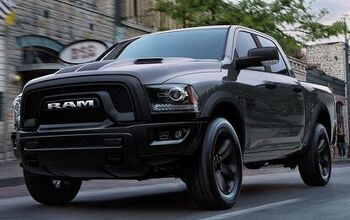


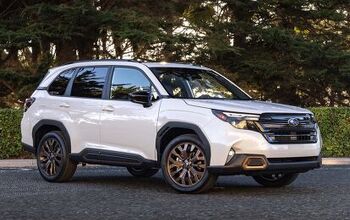



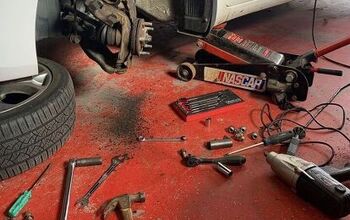



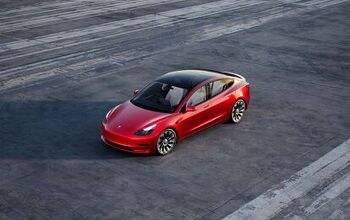
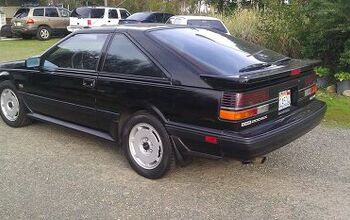
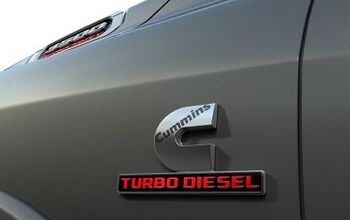


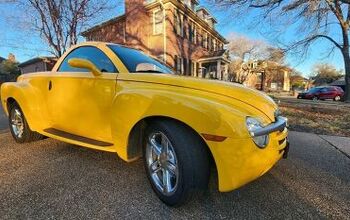
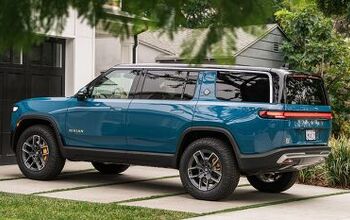
Comments
Join the conversation
yet another good reason why i am ashamed of corporate america.
Dear Richard, We are proud to announce we have repaid our government loan – in full, with interest, five years ahead of the original schedule. We realize we still have more to do. Our goal is to exceed every expectation you've set for us. We're designing, building and selling the best cars and trucks in the world. Like the award-winning Chevy Malibu, the all-new Buick LaCrosse, the versatile Cadillac CTS Sport Wagon and the innovative GMC Terrain, just to name a few. We invite you to learn more about the new GM and join our community, by visiting gm.com. Susan E. Docherty Vice President, U.S. Marketing